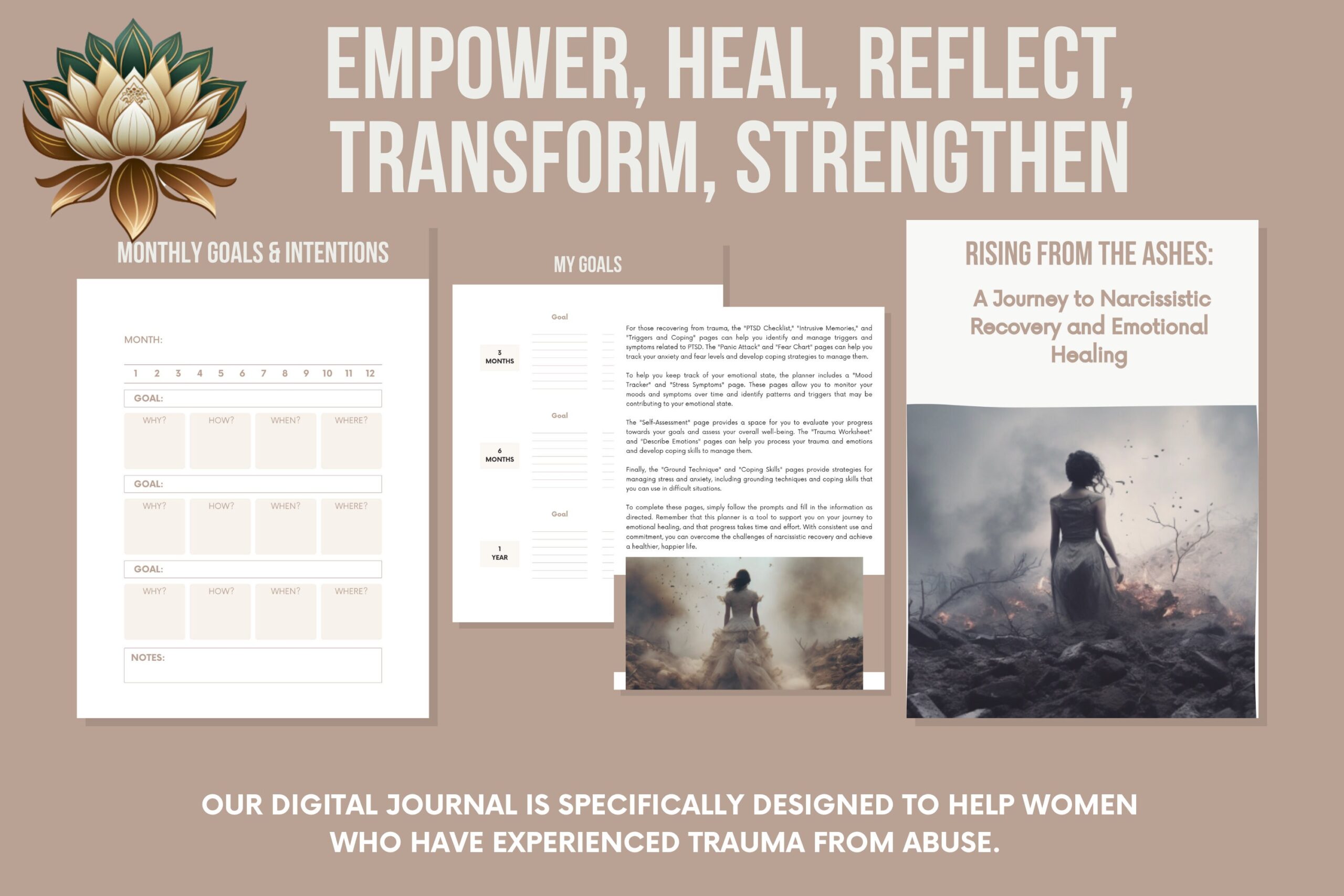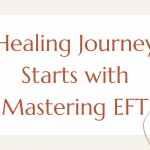Religious trauma is a deeply personal and complex experience that leaves many searching for a path to healing and understanding. This journey requires a deep dive into the nature of religious trauma, its impact, and the steps toward recovery. Let’s explore this path together, breaking down the journey into manageable sections for clarity and depth.
 Defining the Terrain: What is Religious Trauma?
Defining the Terrain: What is Religious Trauma?
At the outset, understanding religious trauma is crucial. It’s the psychological and emotional distress stemming from negative experiences within religious settings. This trauma can emerge from various sources, including religious indoctrination, spiritual abuse, betrayal, and the internalization of fear, guilt, and shame. Such experiences can fundamentally alter one’s worldview, sense of self, and trust in others.
Recognizing the Signs: Symptoms of Religious Trauma
Identifying the symptoms of religious trauma is key to acknowledging its presence and impact. The symptoms can include intrusive religious thoughts, anxiety brought on by religious contexts, disillusionment with religion, and trust issues that have an impact on relationships. Awareness of these symptoms is the first step towards validation and seeking healing.
Embracing Diversity: The Individuality of Trauma
Understanding that religious trauma is a highly individual experience is essential. Each person’s journey through trauma is influenced by their religious background, cultural context, and personal circumstances. Recognizing the diversity in these experiences fosters empathy and underscores the importance of a personalized approach to healing.
 Pathways to Healing: Navigating Recovery
Pathways to Healing: Navigating Recovery
The process of healing from religious trauma involves several key steps:
- Self-reflection: Engaging in introspection to understand the impact of trauma on one’s life and identity.
- Coping Strategies: Developing tools and techniques to manage symptoms and triggers.
- Redefining Beliefs: Reevaluating and reconstructing one’s belief system outside of the traumatic context.
- Building Support Networks: Creating or seeking out communities that offer understanding, acceptance, and support.
- Embracing Growth: Recognizing the opportunity for personal development and transformation through the healing process.
Beyond the Pain: A New Chapter
As we delve deeper into healing, it’s important to recognize that recovery from religious trauma is not just about moving past pain but about rediscovering purpose and joy. This journey can lead to profound personal growth, a renewed sense of identity, and a deeper understanding of one’s values and beliefs.
- Finding Meaning: Exploring new philosophies, communities, and practices that resonate with one’s true self.
- Reclaiming Identity: Building a sense of self that is independent of traumatic experiences and rooted in personal values and aspirations.
- Fostering Connections: Engaging in relationships and communities that nurture and affirm one’s sense of belonging and worth.
- Cultivating Resilience: Developing the strength to face future challenges with courage and grace, knowing that healing is an ongoing journey.
 Conclusion: Lighting the Way Forward
Conclusion: Lighting the Way Forward
The path to healing from religious trauma is both challenging and rewarding. It invites us to confront our deepest wounds, question our most fundamental beliefs, and ultimately, find a sense of peace and purpose that transcends the pain. By understanding the nature of religious trauma, recognizing its impact, embracing the diversity of experiences, and navigating the pathways to healing, we can embark on a journey of recovery that leads to a richer, more fulfilling life.
What’s next? Check out “Rising from the Ashes.” If you need help getting started with your healing journal, will help you navigate through your emotional journey so you can embrace your vulnerabilities and find strength in them.






Leave a Reply